Dog training often feels like it should come naturally. After all, how hard can it be to teach a four-legged friend some basic commands? Yet countless dog owners find themselves caught in cycles of frustration, confusion, and disappointment when their perfect training plans fall apart.
The truth is, successful dog training isn’t just about techniques and treats. It’s deeply emotional work that challenges both human and canine patience. When emotions run high, even the most well-intentioned owners can sabotage their progress without realizing it. Let’s explore the most common emotional pitfalls that derail training sessions and discover how to navigate them with grace.
Letting Frustration Take Control
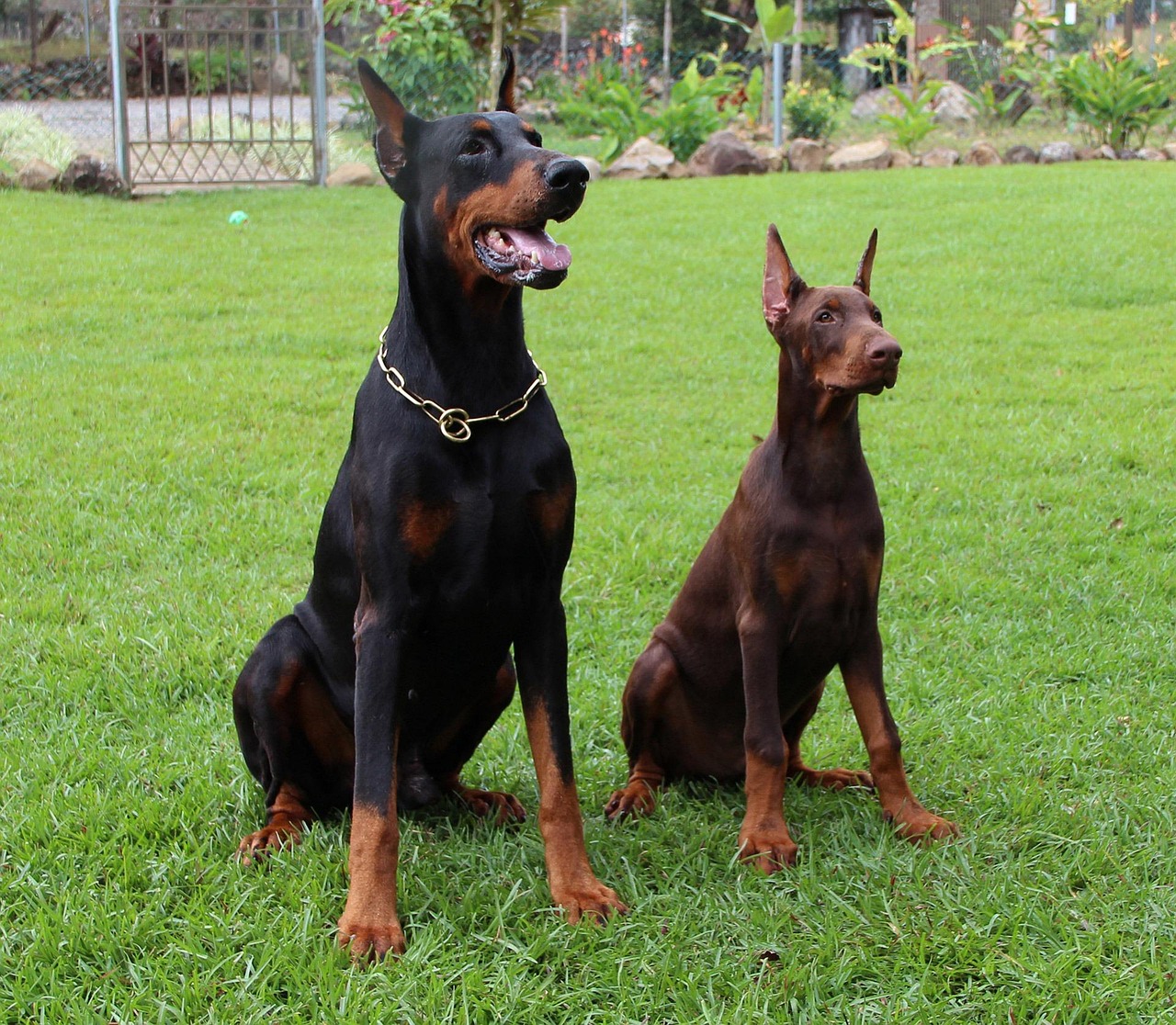
Dogs can read human emotions, and if they think you’re angry or stressed, they’ll shut down and stop learning. This creates a vicious cycle where your mounting frustration makes your dog less responsive, which only increases your stress levels further. Some dogs may shut down if they think their owners are upset, while other pets may respond by getting more distracted than usual.
Frustration is the most common negative emotion in dog training, affecting both the dog and handler, and can take all the joy out of training. The key is recognizing when you’re reaching your breaking point before it damages your training session. If you can’t shift your emotions in the moment, stop the training session by asking your dog to do a very simple cue they know well, then take a break.
Repeating Commands Like a Broken Record
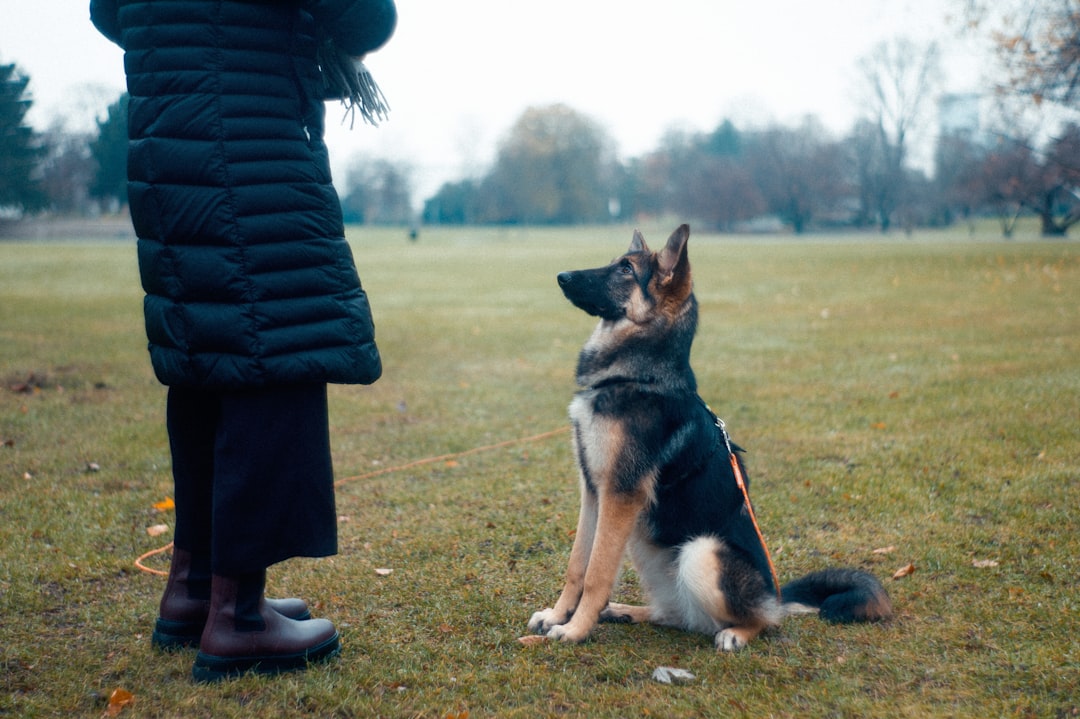
It’s tempting to repeat a cue if your dog doesn’t respond immediately, but this cue nagging only teaches your dog they don’t have to listen the first time. Pretty soon, your dog learns that “sit” actually means “sit, sit, sit” and won’t respond to a single command. This seemingly innocent habit undermines your authority and confuses your dog about when they actually need to comply.
One of the most common mistakes dog owners make is repeating commands multiple times when their dog doesn’t respond immediately, which actually teaches your dog that they don’t need to respond to the first command. Instead of helping, this pattern weakens your training effectiveness and creates a dog who waits for multiple repetitions before acting.
Taking Your Dog’s Behavior Personally

When your dog ignores a command you’ve practiced a hundred times, it’s natural to feel like they’re deliberately defying you. This emotional trap leads owners to view training failures as personal insults rather than learning opportunities. It’s sometimes hard to not internalize your dog’s misbehavior and take their noncompliance as a personal affront, especially when training in a group setting.
Your dog isn’t plotting against you during that morning walk when they refuse to heel. They’re simply responding to their environment, stress levels, and understanding of what you’re asking. Dogs don’t have the cognitive capacity for spite or revenge. Reframing these moments as communication breakdowns rather than personal attacks helps maintain the positive energy essential for effective training.
Expecting Too Much Too Fast
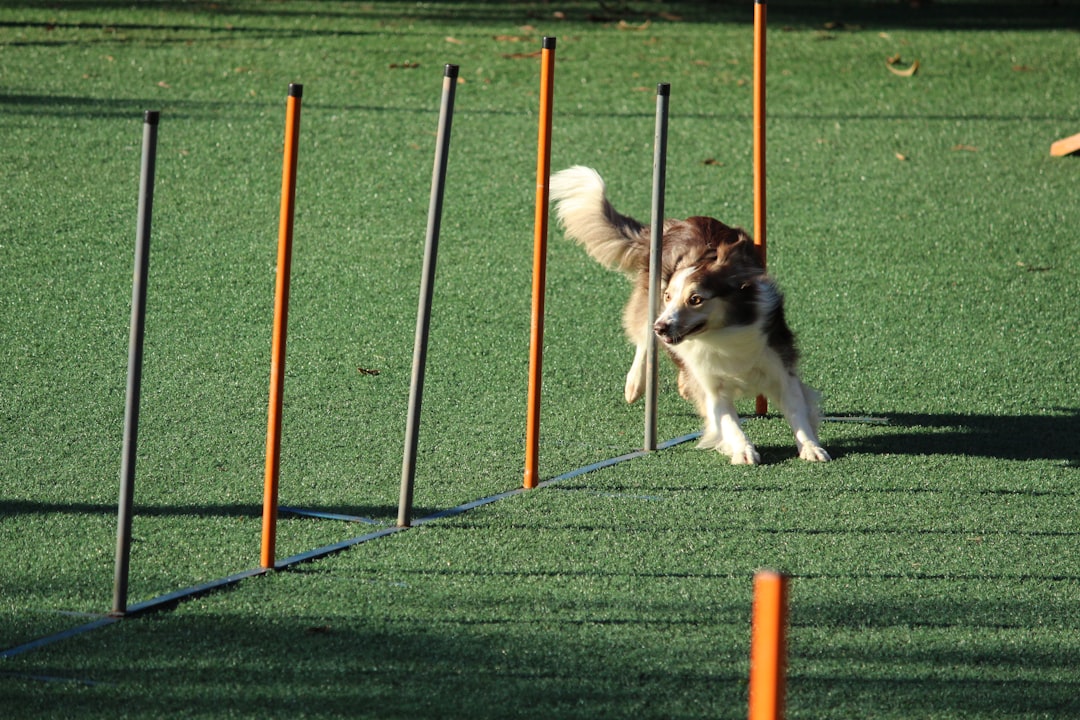
Training expert Patricia McConnell reminds us that it takes growing humans about 20 years to learn to control their emotions, so be patient with your dogs and think in terms of months and years when training, not days and weeks. Yet many owners expect their dogs to master complex behaviors within a few sessions. This unrealistic timeline sets both you and your dog up for disappointment.
Trying to move to difficult behaviors too quickly is a common mistake, attempting advanced tricks or skills before nailing the basics. Your dog needs to master “down” before attempting “roll over.” Building skills progressively creates confidence and prevents the frustration that comes from overwhelming your dog with tasks beyond their current ability level.
Using Angry or Harsh Tones
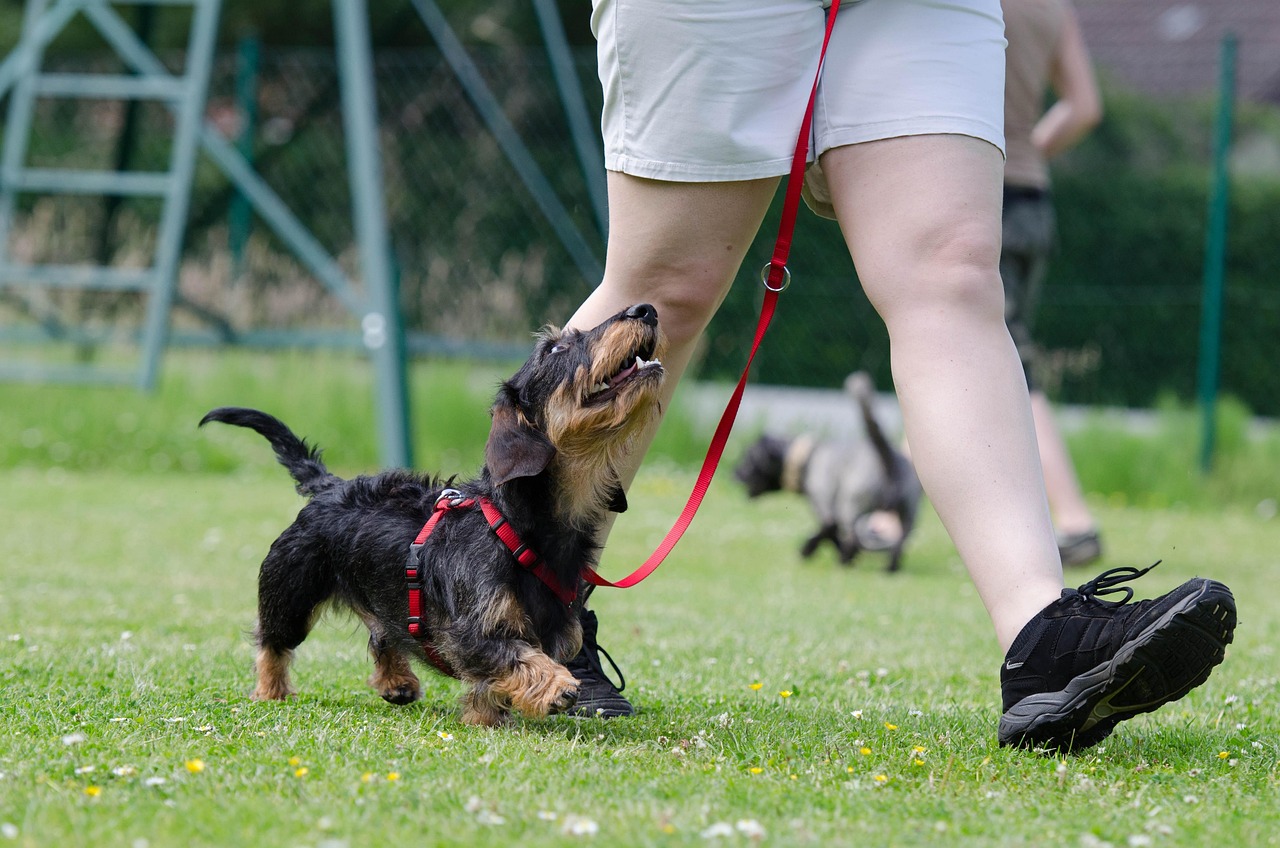
Using a loud voice or getting angry at your pup when they are distracted creates problems because dogs are extremely skilled at reading our body language and tone of voice. Your voice carries emotional weight that directly impacts your dog’s willingness to learn and engage. Keeping training sessions positive and enjoyable for your dog is important because if they are scared during training, how can you expect them to want to perform the requests you ask of them?
Harsh corrections don’t just damage the training session at hand. They can create lasting negative associations that make future training more difficult. It’s important your dog feels safe to learn through trial and error, because if you correct mistakes with words like “No!” or other aversives, they’ll fear getting it wrong.
Ignoring Your Dog’s Stress Signals

Many dog owners struggle to identify stress signals in their pets, leading to ineffective training sessions and anxiety in dogs, but observing and understanding these signs can make a significant difference. If you see your dog yawning, looking away, sniffing the ground, or other signs of “disinterest,” take stock of your emotions and see what you’re projecting.
Unrecognized stress during training sessions can significantly hinder a dog’s learning process, making dogs less responsive to commands and cues. Learning to read your dog’s body language prevents you from pushing them past their emotional breaking point. Common signs include excessive panting when the dog hasn’t been active, pacing, or trying to avoid your interactions.
Being Stingy with Rewards

Too many people are stingy with rewards or won’t use anything but praise, but would you go to work if you stopped getting a paycheck? Emotional reluctance to “spoil” your dog with treats often stems from outdated beliefs about dominance or concerns about creating dependency. Behaviors that are reinforced are repeated, so don’t be tightfisted with treats, praise, games, or whatever you use to reward your dog, as this fosters a love of training.
The emotional mistake here is viewing generous rewards as weakness rather than strategic investment in your dog’s learning. A reward is only reinforcing if it’s good from your dog’s point of view, so if your dog is crazy about cheese but you choose to reward with kibble, their performance will drop. Understanding what truly motivates your individual dog is crucial for training success.
Training When You’re Not in the Right Headspace

It’s helpful to have a routine, but equally important is to take your mood into account when making a dog training schedule, trying to train your dog when you’re feeling calm and relaxed. Coming home after a stressful day and immediately launching into training rarely produces positive results. Never continue training when you’re feeling frustrated or stressed because dogs can sense these emotions immediately and may shut down.
Your emotional state becomes your dog’s emotional reality during training sessions. You don’t want to inadvertently communicate negative emotions to your dog, which could stress them out, so hold off on dog training homework until you’ve had the chance to destress. Taking five minutes to center yourself before training can transform the entire experience for both of you.
Comparing Your Dog to Others

Dogs are individuals and learn at different paces, so try to avoid getting frustrated if another dog in your training class has mastered a skill more quickly than your pet. Social media and training classes can trigger unhelpful comparisons that lead to emotional pressure on both you and your dog. Every dog has their own learning timeline, personality, and challenges.
This emotional trap often leads to pushing your dog harder or feeling inadequate as a trainer. Instead of competing with other dog-owner pairs, focus on your unique journey together. Celebrate small victories and remember that consistency matters more than speed. Your dog doesn’t care how quickly the Golden Retriever in puppy class learned to sit.
Giving Up When Progress Stalls
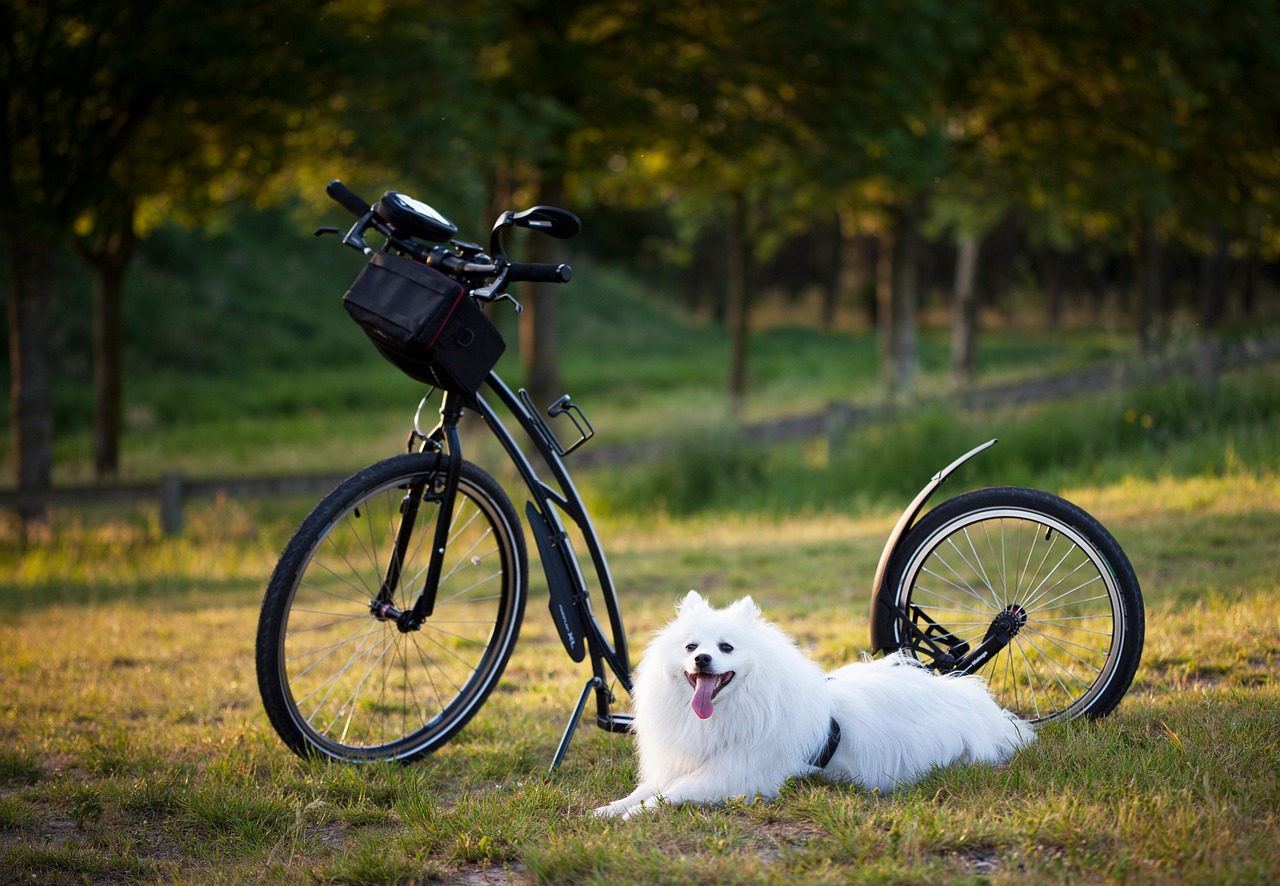
Feeling like your dog’s behavior is not improving can be a major source of frustration for people, though often the dog is getting better, but owners deeply involved in training programs might have difficulty recognizing incremental changes. Training plateaus are normal parts of the learning process, not signs of failure. When a training method isn’t producing results, many owners make the mistake of simply repeating the same ineffective approach, which wastes time and creates frustration.
The emotional challenge lies in maintaining hope and motivation during slow periods. Try to reframe your frustration as a puzzle or fun game for you and your dog to work on together, because you might not master each complicated skill today, but you can sure enjoy yourselves trying. Sometimes a simple change in approach or seeking professional guidance can unlock progress.
Conclusion

Dog training succeeds or fails based largely on the emotional climate you create. When frustration starts, the fun ends, but when you approach training with patience, awareness, and realistic expectations, both you and your dog can thrive. Remember that every “mistake” is actually valuable information about what adjustments need to be made.
The most successful dog trainers aren’t those who never feel frustrated or make errors. They’re the ones who recognize their emotional patterns, take breaks when needed, and maintain focus on building a positive relationship with their dog. Your emotional awareness doesn’t just improve training outcomes – it deepens the bond between you and your furry partner for life.
What emotional challenges have you encountered in your training journey? The path to a well-trained dog is paved with patience, self-compassion, and lots of treats.

Andrew Alpin from India is the Brand Manager of Doggo digest. Andrew is an experienced content specialist and social media manager with a passion for writing. His forte includes health and wellness, Travel, Animals, and Nature. A nature nomad, Andrew is obsessed with mountains and loves high-altitude trekking. He has been on several Himalayan treks in India including the Everest Base Camp in Nepal.






